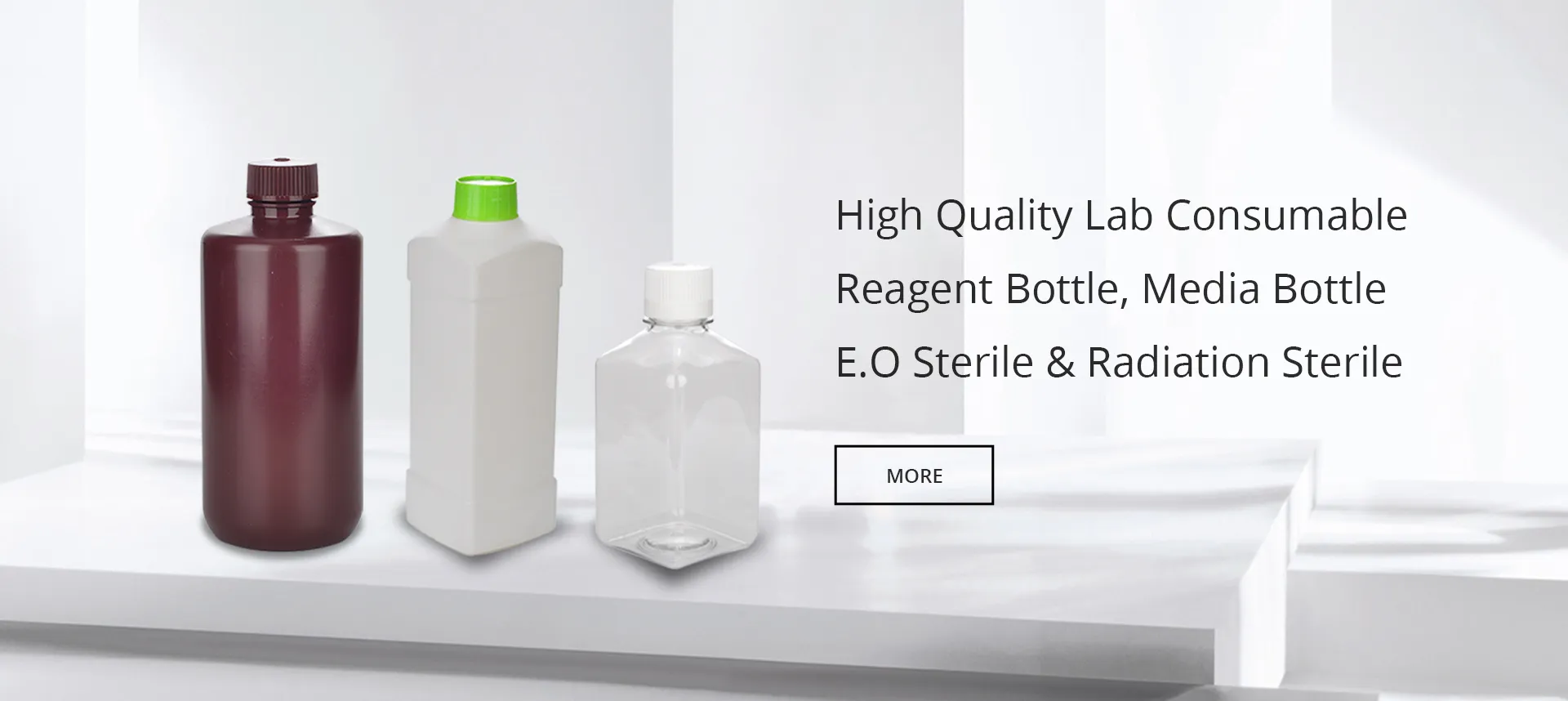
-
 Afrikaans
Afrikaans -
 Albanian
Albanian -
 Amharic
Amharic -
 Arabic
Arabic -
 Armenian
Armenian -
 Azerbaijani
Azerbaijani -
 Basque
Basque -
 Belarusian
Belarusian -
 Bengali
Bengali -
 Bosnian
Bosnian -
 Bulgarian
Bulgarian -
 Catalan
Catalan -
 Cebuano
Cebuano -
 Corsican
Corsican -
 Croatian
Croatian -
 Czech
Czech -
 Danish
Danish -
 Dutch
Dutch -
 English
English -
 Esperanto
Esperanto -
 Estonian
Estonian -
 Finnish
Finnish -
 French
French -
 Frisian
Frisian -
 Galician
Galician -
 Georgian
Georgian -
 German
German -
 Greek
Greek -
 Gujarati
Gujarati -
 Haitian Creole
Haitian Creole -
 hausa
hausa -
 hawaiian
hawaiian -
 Hebrew
Hebrew -
 Hindi
Hindi -
 Miao
Miao -
 Hungarian
Hungarian -
 Icelandic
Icelandic -
 igbo
igbo -
 Indonesian
Indonesian -
 irish
irish -
 Italian
Italian -
 Japanese
Japanese -
 Javanese
Javanese -
 Kannada
Kannada -
 kazakh
kazakh -
 Khmer
Khmer -
 Rwandese
Rwandese -
 Korean
Korean -
 Kurdish
Kurdish -
 Kyrgyz
Kyrgyz -
 Lao
Lao -
 Latin
Latin -
 Latvian
Latvian -
 Lithuanian
Lithuanian -
 Luxembourgish
Luxembourgish -
 Macedonian
Macedonian -
 Malgashi
Malgashi -
 Malay
Malay -
 Malayalam
Malayalam -
 Maltese
Maltese -
 Maori
Maori -
 Marathi
Marathi -
 Mongolian
Mongolian -
 Myanmar
Myanmar -
 Nepali
Nepali -
 Norwegian
Norwegian -
 Norwegian
Norwegian -
 Occitan
Occitan -
 Pashto
Pashto -
 Persian
Persian -
 Polish
Polish -
 Portuguese
Portuguese -
 Punjabi
Punjabi -
 Romanian
Romanian -
 Russian
Russian -
 Samoan
Samoan -
 Scottish Gaelic
Scottish Gaelic -
 Serbian
Serbian -
 Sesotho
Sesotho -
 Shona
Shona -
 Sindhi
Sindhi -
 Sinhala
Sinhala -
 Slovak
Slovak -
 Slovenian
Slovenian -
 Somali
Somali -
 Spanish
Spanish -
 Sundanese
Sundanese -
 Swahili
Swahili -
 Swedish
Swedish -
 Tagalog
Tagalog -
 Tajik
Tajik -
 Tamil
Tamil -
 Tatar
Tatar -
 Telugu
Telugu -
 Thai
Thai -
 Turkish
Turkish -
 Turkmen
Turkmen -
 Ukrainian
Ukrainian -
 Urdu
Urdu -
 Uighur
Uighur -
 Uzbek
Uzbek -
 Vietnamese
Vietnamese -
 Welsh
Welsh -
 Bantu
Bantu -
 Yiddish
Yiddish -
 Yoruba
Yoruba -
 Zulu
Zulu
5ml to dropper
Understanding the Conversion 5ml to Dropper
When it comes to measuring liquids, especially in contexts like medicine and cooking, understanding the conversions between different units can be quite crucial. One common conversion that many people encounter is between milliliters (ml) and drops, particularly measured using a dropper. This article aims to clarify the conversion of 5ml to drops, along with some practical information related to this measurement.
What is a Dropper?
A dropper is an essential tool used to dispense liquids in small, controlled amounts. It typically consists of a tube and a rubber bulb that creates suction to draw liquid in and then releases it drop by drop. Droppers are often used in medicine to administer liquid medications, in laboratories for precise solutions, and in cooking, especially for flavorings and extracts.
The Conversion 5ml to Drops
The conversion from milliliters to drops can vary based on several factors, including the viscosity of the liquid and the size of the dropper. However, a general rule of thumb is that 1 milliliter (ml) is approximately equal to 20 drops for water-like liquids. This means that
5 ml x 20 drops/ml = 100 drops
So, in general, 5 ml of a water-like liquid would equate to about 100 drops when using a standard dropper
.Factors Affecting Drop Size
While the 1 ml to 20 drops conversion is widely accepted, it’s important to note that the actual number of drops you get can vary. Factors include
5ml to dropper

1. Viscosity of the Liquid Thicker liquids like oils or syrups may produce fewer drops per milliliter compared to water or alcohol-based solutions. 2. Type of Dropper Different droppers can produce different sizes of drops. For instance, a pediatric dropper may dispense smaller drops compared to a standard kitchen dropper.
3. Technique The user's technique can also affect how many drops are obtained. Squeezing the bulb too gently or too forcefully can result in variations in drop size and quantity.
Practical Applications
Understanding how to convert 5ml to drops has practical applications in various fields, such as
- Medicine Parents often need to measure medication for children accurately. Knowing that 5 ml translates to about 100 drops can help in administering the right dosage using a dropper.
- Cooking and Mixology In recipes, especially those involving extracts or flavoring, precise measurements can make a significant difference in taste. Being able to convert ml to drops can help ensure that the right amount of an ingredient is used.
- Laboratory Use In scientific experiments, precision in liquid measurement can be critical. Conversions between milliliters and drops ensure that experiments yield accurate and repeatable results.
Conclusion
The ability to convert 5 ml to drops, amounting to roughly 100 drops for standard liquids, is more than just a simple arithmetic exercise. It plays a significant role in various fields, aiding in accurate measurement and improving outcomes in areas ranging from health care to culinary arts. Whether you are administering medication, preparing a dish, or conducting a scientific experiment, having a solid understanding of these conversions can enhance your precision and effectiveness. Understanding these conversions is an essential skill that can help you engage with various tasks confidently and accurately.
-
Premium Metal Dropper Bottle for Precise Dispensing 250ml & 1ml Options AvailableNewsJul.04,2025
-
20 ml Headspace Vials - High Quality Polyethylene & Plastic Vials for Lab UseNewsJul.04,2025
-
Small Bottle with Pipette - Precise Dispensing 100ml Pipette Bottles for Essential Oils & Lab UseNewsJun.24,2025
-
Acetic Anhydride Bottle for Accurate Dropper Measurement in Pharmacy Use High-Quality Dropper BottlesNewsJun.10,2025
-
Innovative PET Bottle Design for Juice – Unique Shapes & Customization OptionsNewsJun.10,2025
-
20 Pack Sterilized Petri Dishes – Assorted Sizes, High Quality Small Plastic Petri Dishes for Lab UseNewsJun.10,2025






















